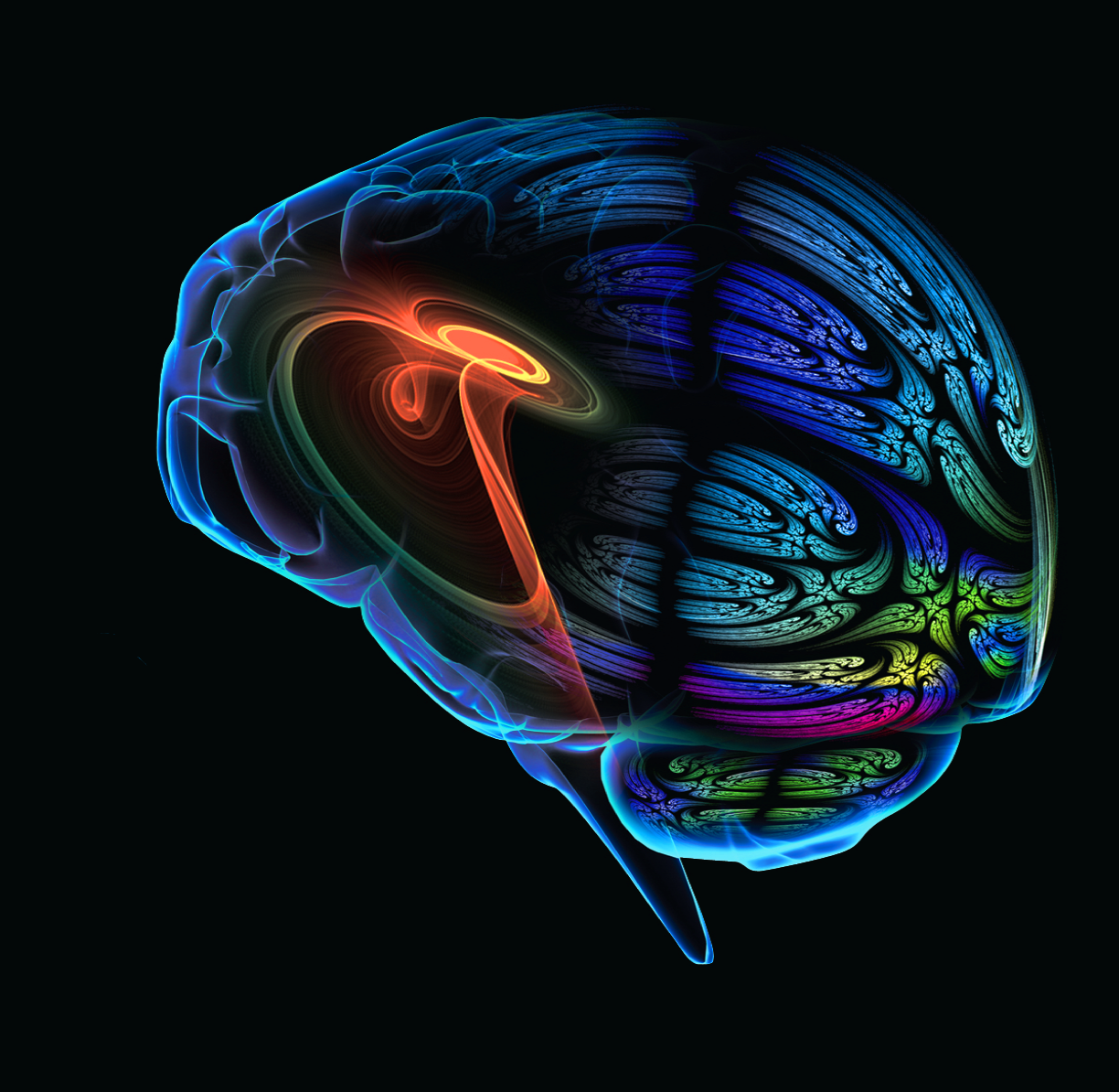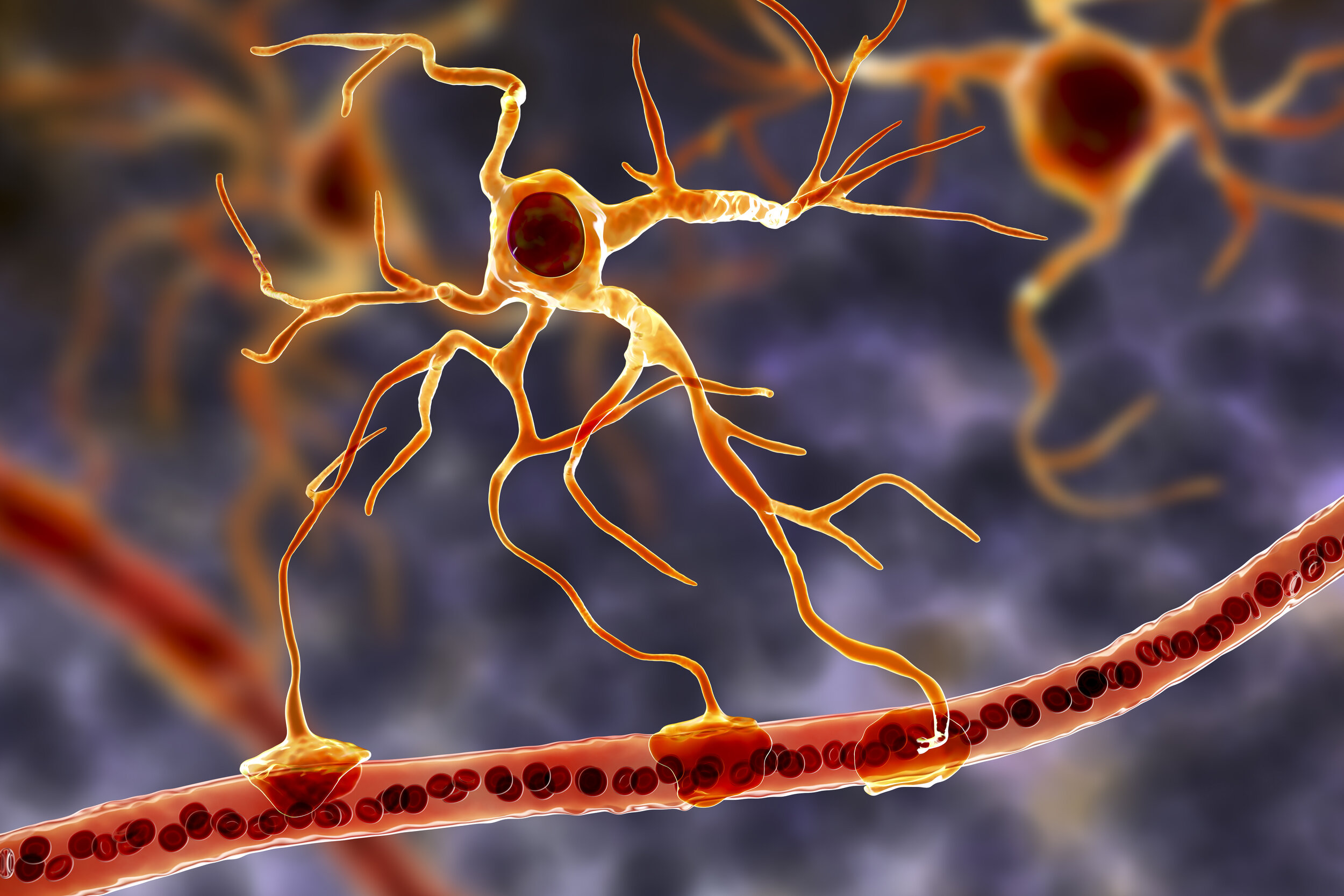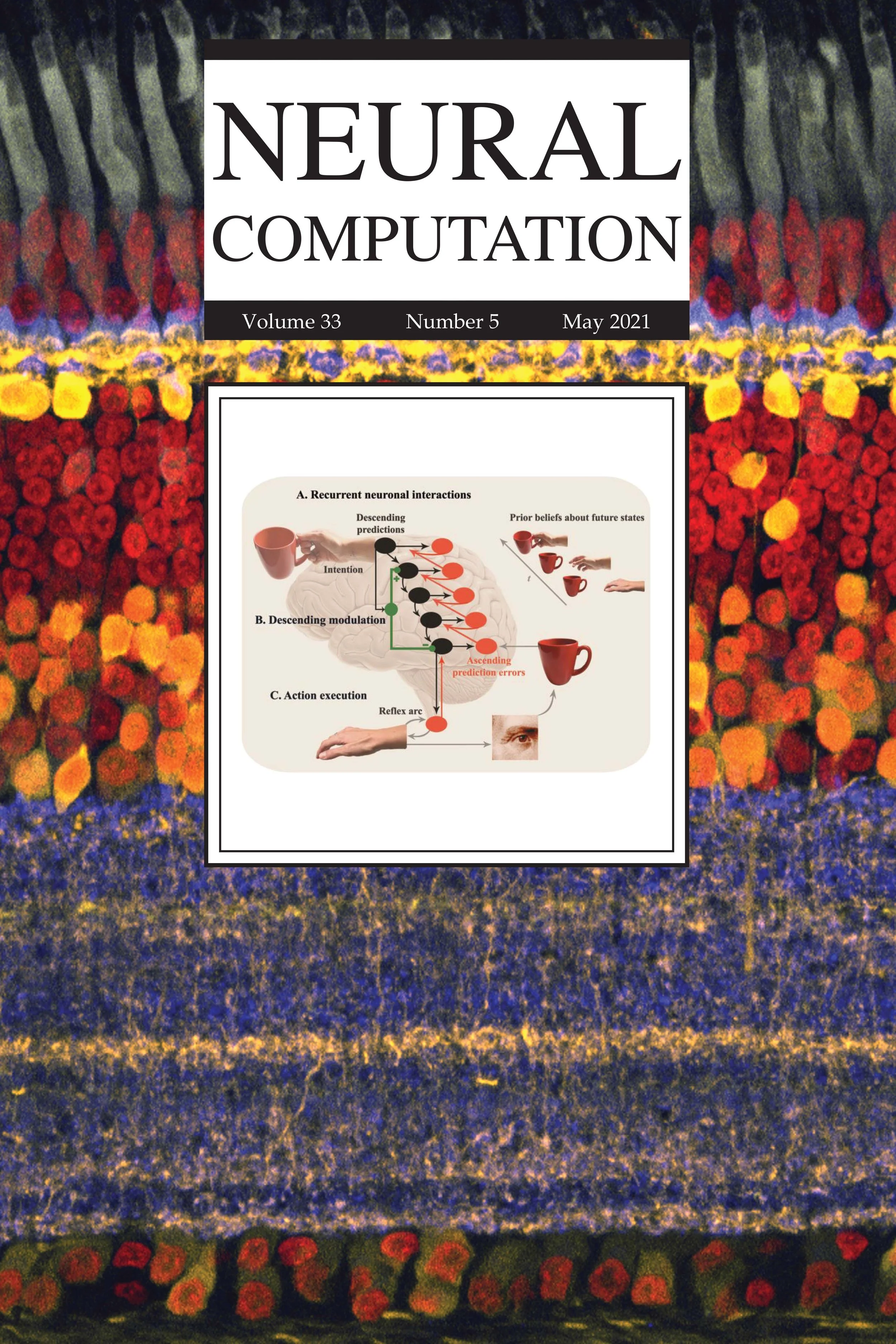
What is LCNeuro?
Control systems engineering approach to homeostatic regulation of brain circuits.
Models are mechanistic,
multi-scale, and generative.
Modulation of circuit dynamics in neurological and psychiatric disorders and therapeutics.
Research Intersections

Articles in
Featured Articles
-
Aging is associated with impaired signaling between brain regions when measured using resting-state fMRI. This age-related destabilization and desynchronization of brain networks reverses itself when the brain switches from metabolizing glucose to ketones. Here, we probe the mechanistic basis for these effects. First, we established their neuronal basis using two datasets acquired from resting-state EEG (Lifespan: standard diet, 20-80 years, N = 201; Metabolic: individually weight-dosed and calorically-matched glucose and ketone ester challenge, µ age = 26.9 ± 11.2 years, N = 36). Then, using the multi-scale Larter-Breakspear neural mass model, we identified the unique set of mechanistic parameters consistent with our clinical data. Together, our results implicate potassium (K +) gradient dysregulation as a mechanism for age-related neural desynchronization and its reversal with ketosis, the latter finding of which is consistent with direct measurement of ion channels.
Read article on ResearchGate (Imaging Neuroscience in press)
-
To better understand how diet influences brain aging, we focus here on the presymptomatic period during which prevention may be most effective. Large-scale life span neuroimaging datasets show functional communication between brain regions destabilizes with age, typically starting in the late 40s, and that destabilization correlates with poorer cognition and accelerates with insulin resistance. Targeted experiments show that this biomarker for brain aging is reliably modulated with consumption of different fuel sources: Glucose decreases, and ketones increase the stability of brain networks. This effect replicated across both changes to total diet as well as fuel-specific calorie-matched bolus, producing changes in overall brain activity that suggest that network “switching” may reflect the brain’s adaptive response to conserve energy under resource constraint.
-
As brains develop through neural growth and specialization, what mechanism ensures that new neurons are integrated into a fully connected brain, avoiding “bridges to nowhere”? Here, we study brain structure development from the perspective of percolation, a global measure of communication. Analyzing over 35,000 diffusion MRI scans on human individuals, from newborns to adults, we identify the following rules of brain neurogenesis through percolation theory: Earlier tracts become longer and denser while maintaining a giant cluster. This signature, invariant to age or mental health, suggests a fundamental condition for the brain to function as an emergent whole.
-
Type 2 diabetes mellitus (T2DM) is known to be associated with neurobiological and cognitive deficits; however, their extent, overlap with aging effects, and the effectiveness of existing treatments in the context of the brain are currently unknown.
We characterized neurocognitive effects independently associated with T2DM and age in a large cohort of human subjects from the UK Biobank with cross-sectional neuroimaging and cognitive data. We then proceeded to evaluate the extent of overlap between the effects related to T2DM and age by applying correlation measures to the separately characterized neurocognitive changes. Our findings were complemented by meta-analyses of published reports with cognitive or neuroimaging measures for T2DM and healthy controls (HCs). We also evaluated in a cohort of T2DM-diagnosed individuals using UK Biobank how disease chronicity and metformin treatment interact with the identified neurocognitive effects.
-
Metabolic limitations within the brain frequently arise in the context of aging and disease. As the largest consumers of energy within the brain, ion pumps that maintain the neuronal membrane potential are the most affected when energy supply becomes limited. To characterize the effects of such limitations, we analyze the ion gradients present in a conductance-based (Morris–Lecar) neural mass model. We show the existence and locations of Neimark–Sacker and period-doubling bifurcations in the sodium, calcium, and potassium reversal potentials and demonstrate that these bifurcations form physiologically relevant bounds of ion gradient variability. Within these bounds, we show how depolarization of the gradients causes decreased neural activity. We also show that the depolarization of ion gradients decreases inter-regional coherence, causing a shift in the critical point at which the coupling occurs and thereby inducing loss of synchrony between regions. In this way, we show that the Larter-Breakspear model captures ion gradient variability present at the microscale level and propagates these changes to the macroscale effects such as those observed in human neuroimaging studies.
Collaborators



































